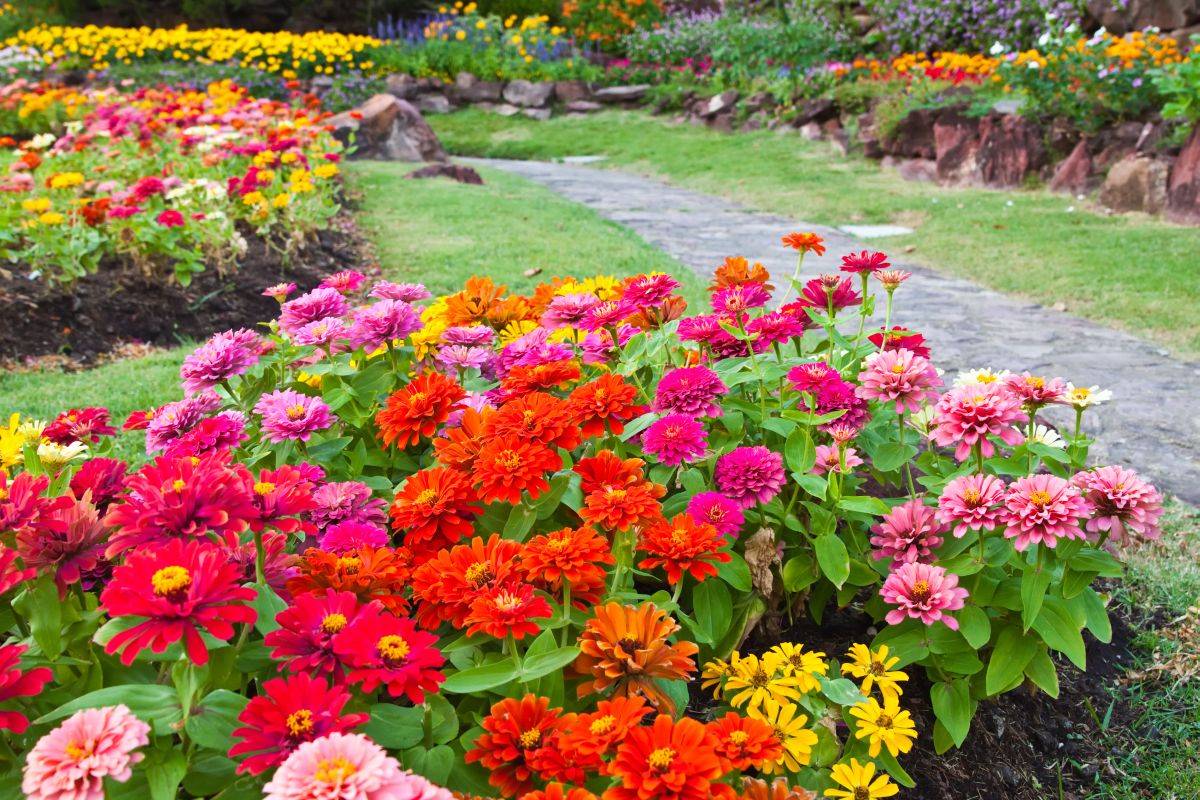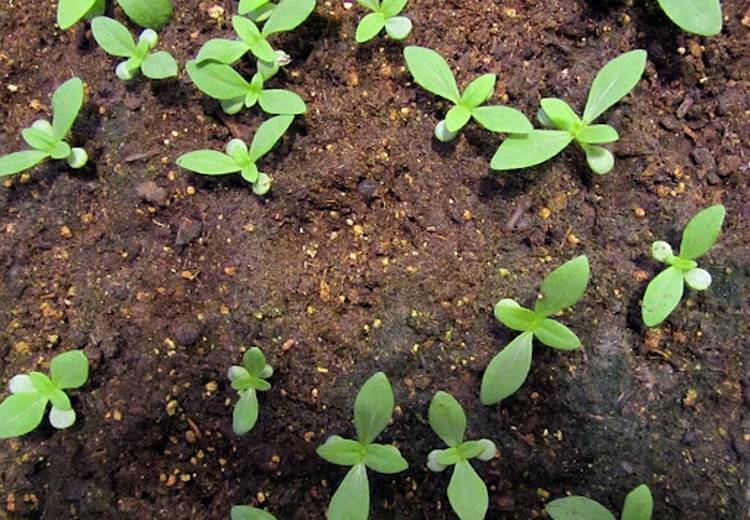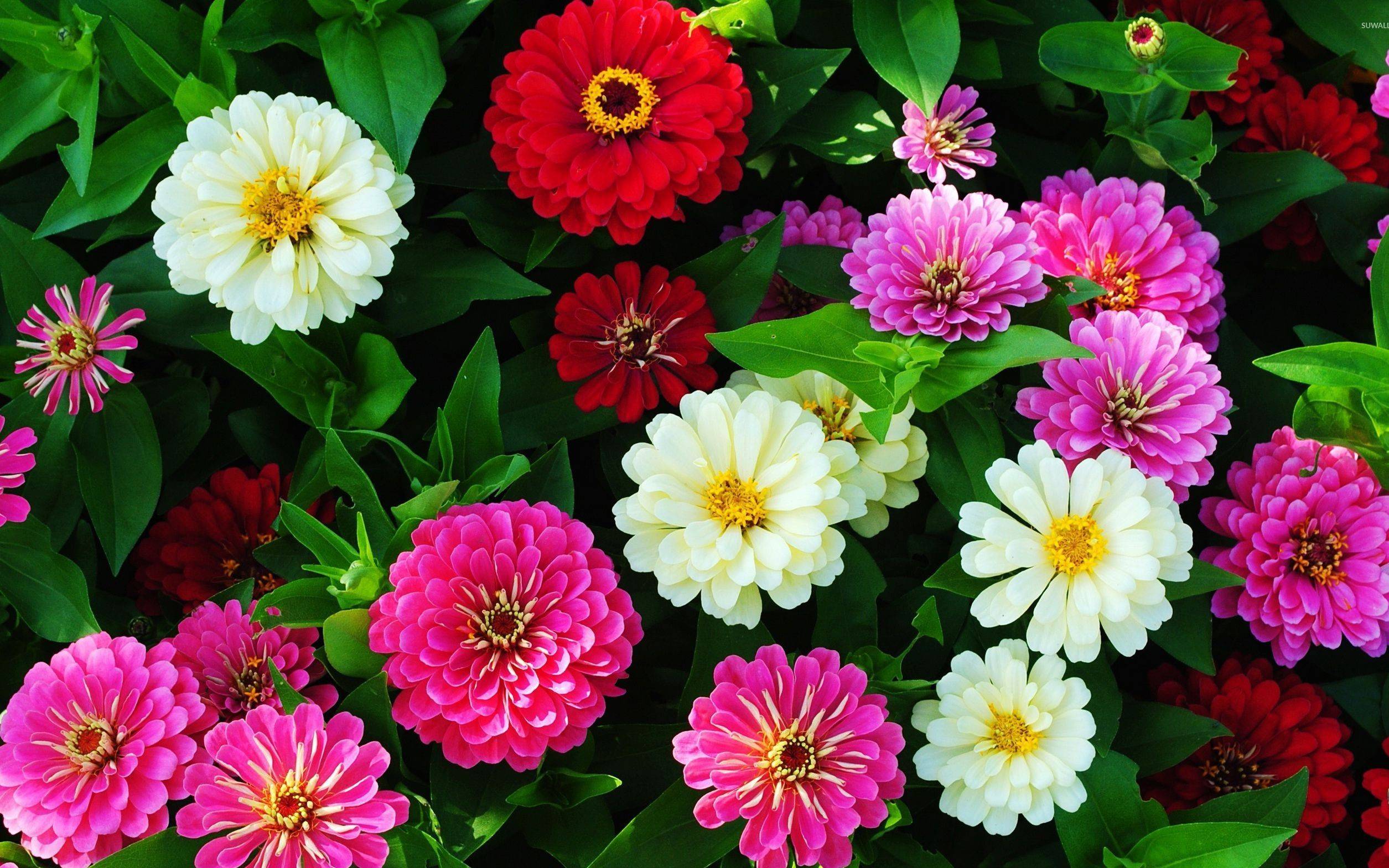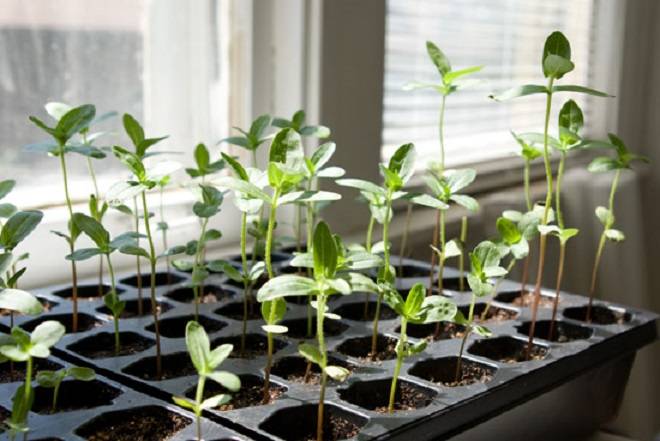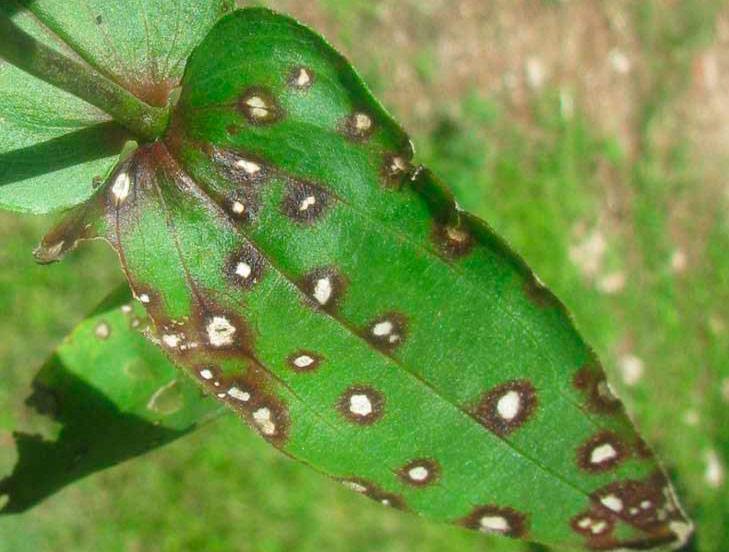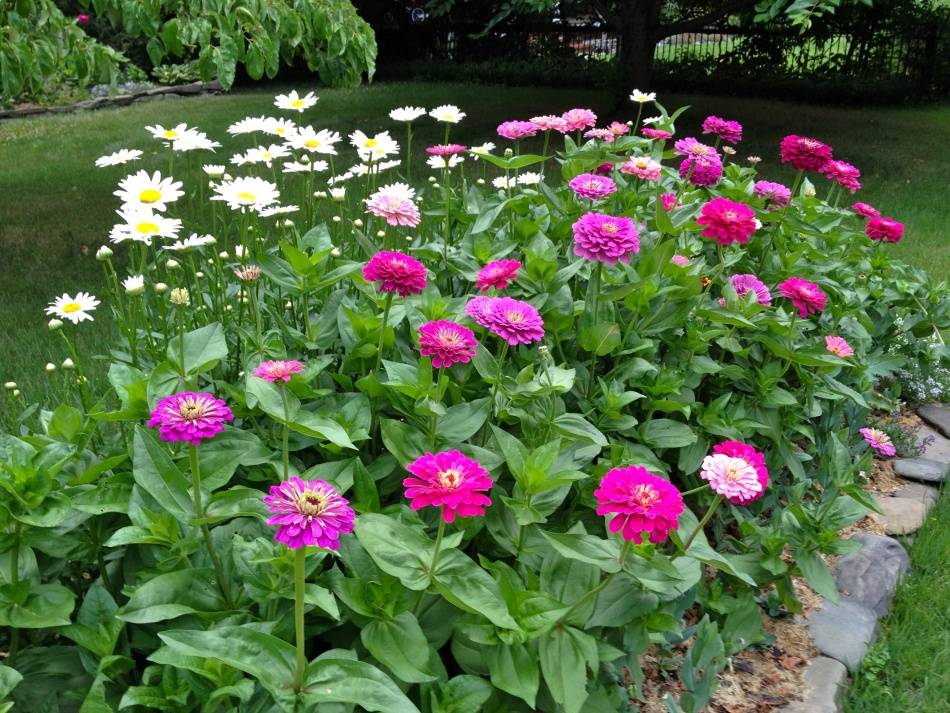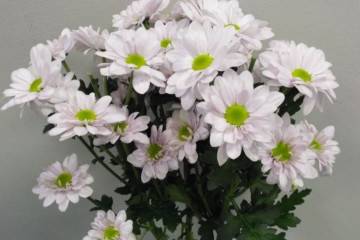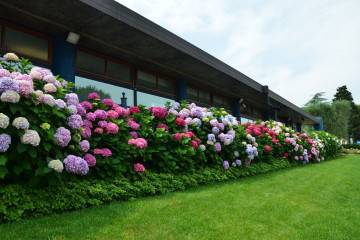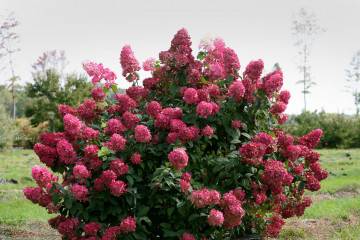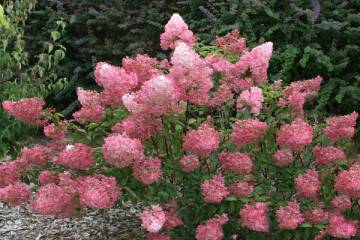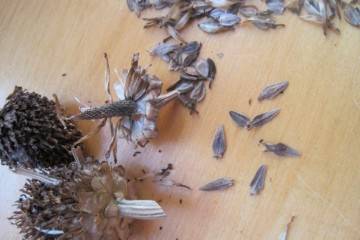Zinnia - outdoor cultivation and care
Content:
Annual zinnia can ennoble even the most inconspicuous garden. Its cultivation is widespread for decorating household, garden and park plots. In addition, they are cultivated for the purpose of subsequent cutting and sale. In both cases, proper planting and care of zinnia in the open field is needed in order to exclude the lack of flowering and other problems.
Zinnia: growing and care in the open field
Growing zinnia outdoors begins with planting, which has many nuances. There are various methods for propagating a bush, and for each there are certain rules that must be followed. However, even after planting, a bunch of questions and problems may arise: how to feed the zinnia for growth and flowering, how the zinnia blooms and whether it is possible to make it open its buds longer. Therefore, it is necessary to carefully look after the bush and to approach the content of zinnias with all responsibility at the very first stage - planting.
Zinnia: annual or perennial
Contrary to popular belief that zinnias are perennials, this is not the case. Perennial flowers, as a rule, propagate by self-sowing, that is, the seed fallen in the fall germinates itself in the spring. However, this plant does not have this ability.
Zinii: planting and care in the open field
Planting zinnia at home is carried out in different ways: sowing planting material directly into open ground or by growing seedlings. There are also many differences in care from the cultivation of other ornamental plants.
The roots of seedlings also need to be disinfected and strengthened; for this, special saline solutions and growth stimulants are used. Although some flower growers use an old faithful folk remedy - a solution of potassium permanganate. Keep the roots in liquid for about 2 hours.
Another integral part of further healthy growth and vibrant flowering is the right choice for growing. You cannot plant a plant on any first site that comes across. Zinnia flowers love a lot of sunny color, so you need to take a closer look at open areas so that trees, tall bushes do not grow nearby, and various buildings are not located that would block access to natural light. But the neighborhood with low-growing bushes and flowers is allowed and even welcomed.
In addition to light, you need to pay attention to the following criteria for choosing a place for growing zinnia:
- loose and breathable soil;
- lack of cold drafts;
- deep groundwater;
- fertile non-acidic soil.
Step-by-step planting process
Planting zinnia directly into open ground can be carried out both with seeds and with ordinary seedlings. The first method should not be used in northern latitudes, since there is a high probability that the seedlings will not sprout.
To plant zinnia immediately using seeds in open ground, you must adhere to the following algorithm:
- A week before planting, the planting material is wrapped in gauze soaked in a growth stimulator solution.
- A site is dug up and mineral fertilizer and river sand are introduced into it.
- Shallow furrows are made and seeds are planted there.
- At the end, the soil is thoroughly moistened.
Preparing the soil for planting seedlings looks the same, however, the pits are made at longer distances, at least 50 cm from each other, and a small layer of drainage is poured into their bottom. On top of the drainage, it is imperative to pour a little nutrient substrate and only then plant the bushes. At the end of the procedure, each seedling is watered with clean water.
Zinnia Care Tips
Leaving zinnia is not difficult, the main thing is not to miss the procedures necessary for healthy cultivation, and when the first signs of illness appear, immediately start treatment.
Watering mode
Zinnia is a flower that needs regular, abundant and high-quality watering. The description of this procedure is as follows:
- if chlorinated tap water is used for irrigation, then it must be defended for at least 5 hours in a wide, shallow container. Why wide packaging? So that chlorine and other impurities can evaporate faster. To do this, you also need to constantly stir the water;
- the water should warm to room temperature. It is strictly forbidden to water flowering plants with cold liquid;
- during watering, the liquid is distributed throughout the root zone of the bush;
- if after watering the ground quickly absorbed water, it is necessary to increase the abundance of watering, since the soil “does not get drunk”.
How to feed zinnia for growth and flowering
One of the most common questions among gardeners is how to feed zinnias. Indeed, there are so many different fertilizers, but are they suitable for this flower? Top dressing of absolutely all flowering plants differs in composition at different stages of their active development.
Zinnias are not particularly capricious due to a lack of fertilizing, but in order to protect them in advance from problems with flowering and yellowing of foliage due to a lack of minerals, you need to regularly fertilize. This is done according to the following plan:
- The first feeding is carried out in the spring with organic matter and nitrogen fertilizers.
- The second and third - in the summer, with mineral potassium-phosphorus preparations.
- Last autumn, before retirement, organic matter and complex mineral fertilizers are again introduced.
Do I need to pinch the zinnia
Pinching is necessary if you want to achieve a lush and spreading shrub. To do this, towards the end of spring, the tops of the shoots are cut off from the zinnias. However, sometimes you want to achieve flowering with large buds, but with a small green deciduous mass. In such cases, the lateral young shoots are pinched.
Features of care during the flowering period
During flowering, zinnias will look fabulous and fragile, so do not disturb the flower in vain. No clothespins and trimming are carried out during this period. They just continue to water the bush as planned and apply top dressing.
Preparing for winter
Before wintering, the bush must be covered, but before that, you need to carry out a couple of necessary procedures. The first thing to do is trim off the top of the dried flower. Then cover the remaining lower part with sawdust or dry foliage. You can also spud the root zone with earth. Spruce branches are neatly placed on top of everything.
Zinia breeding methods
Zinnias grown in a flower bed are propagated mainly in two ways: by seeds and cuttings.
Propagation by cuttings
Cuttings are cut from the lateral shoots before flowering or after the buds have faded in summer. The lower leaves need to be cut off and all the pieces must be planted in nutrient soil. When they take root and an additional 2-3 leaves appear, they can be transplanted to a permanent place.
Zinnia: growing from seed
You can sow seeds right away in open ground, but the safest way to play it safe against insufficient and poor germination of seeds is to grow with seedlings.
When to plant zinnia seeds for seedlings
Experienced gardeners know when to plant zinnia on seedlings, it should be the end of winter, the optimal time is the beginning of February. Before the earth warms up under the sun in the garden, the seedlings should have time to grow to an average of 10-15 cm.
What does zinnia seedlings look like
To grow seedlings at home in boxes, you need to properly care for it: constantly water the ground, loosen it, if necessary, feed it and monitor the humidity and temperature indicators. First, small oval sheets of a light green hue appear. As they grow, they will turn slightly darker in color. Soon the seedlings will stretch upwards, as a rule, the seedlings have a long stem with rare and small leaf plates on them.
Planting zinnia seedlings in open ground
In May, you can plant seedlings in open ground. The procedure is carried out as follows:
- The required area is dug up and organic matter is introduced in the form of humus, rotted manure or compost. River sand is introduced for drainage.
- For each seedling, a separate hole is dug at a distance of 30-40 cm.
- Lightly moisten the wells with a sprayer and place the seedlings in them.
- They cover it with earth and water it again.
How to treat zinnia disease
Due to the disease, zinnia can lag behind in development, not bloom on time and completely die.
Common diseases of zinnia:
- powdery mildew. It is characterized by the appearance of white bloom on the leaves. In addition to it, there are small oval specks, these are carriers of the disease - mealybugs. At the first sign, the plant should be washed with soapy water and sprinkled with water to clean all the white areas. In the later stages, fungicides are used;
- bacterial spotting. Dark spots on the sheets are also treated with fungicides.
Why zinnia leaves turn yellow and what to do about it
Sometimes zinnia leaves can begin to turn yellow and dry even with regular maintenance. In this case, it is possible that mistakes were made or external factors of cultivation changed:
- prolonged drought. It is necessary to periodically spray the bush and increase watering;
- lack of minerals. You should feed the bush with fertilizers rich in iron.
A beautifully flowering and unusual plant of zinnia, cultivation and care in the open field, which is followed without negative consequences for the flower, can surprise with its riot of colors. The bush is distinguished by abundant flowering with large buds, which is why it is so appreciated in landscape design.
